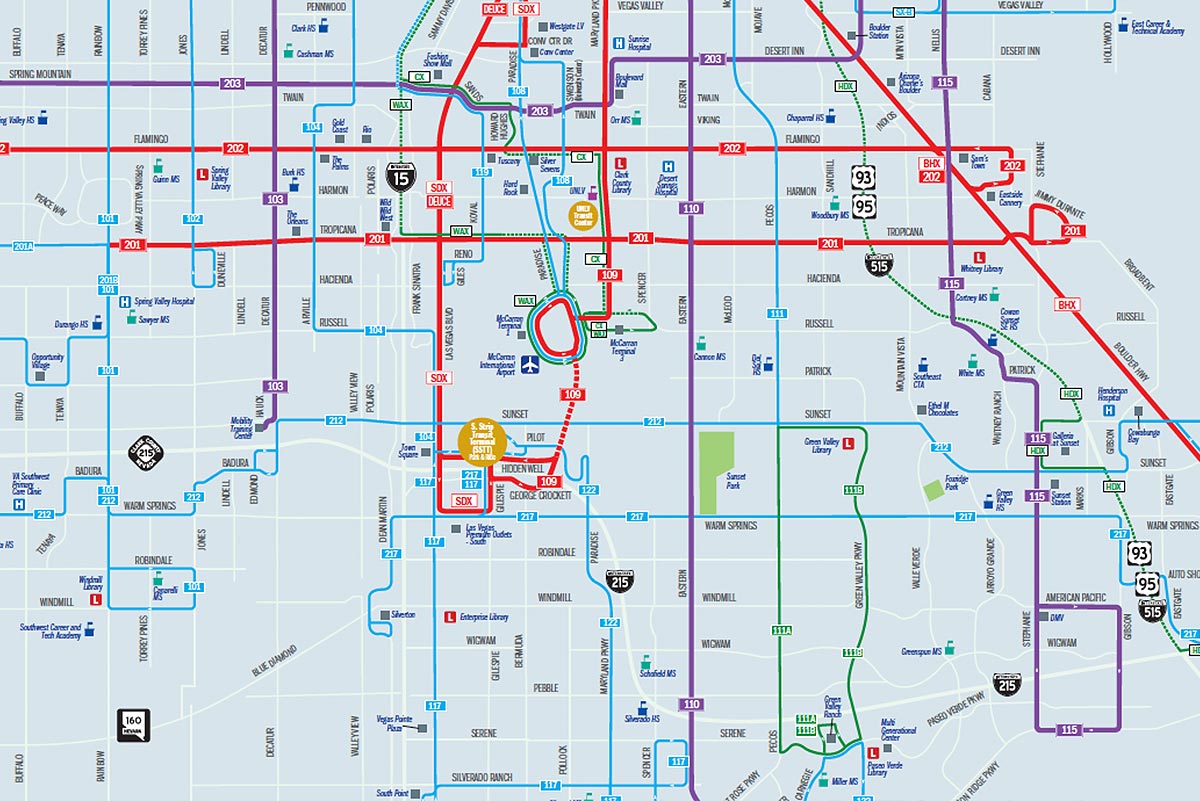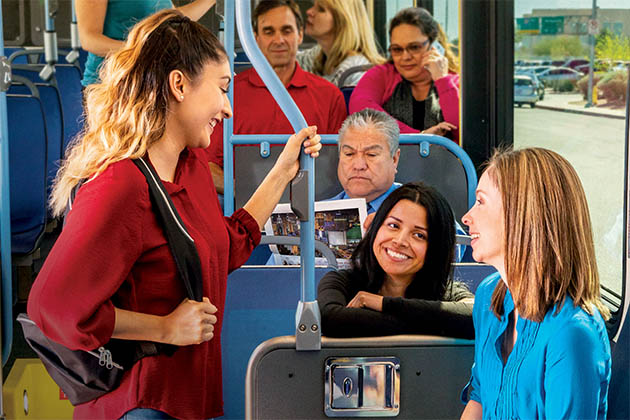Urban Heat Mapping Routes
To collect the temperature and humidity data needed to develop the region-wide heat maps, 28 routes were developed. These routes were driven by the volunteer teams three times on the campaign day with a sensors mounted to their cars. As teams drove the routes, the sensors collected the temperature and humidity data that was then analyzed and used to develop the region-wide heat maps.
More than 138,000 measurements were captured by volunteer teams on the campaign day. Click here to download the route point data.
Route map
The interactive route map below includes the point data captured by volunteers on the campaign day. During the course of the campaign day, 138,016 measurements were collected, which were then fed into a machine-learning algorithm to create the region-wide heat maps.
Click on a traverse point in the map for additional information. Click here for interactive full screen map.
Click here to download the route point data (.shp)
About
Route development
In total, 28 routes were developed to cover the 430-square-mile study area. Each route was approximately 20 miles from start to finish and took roughly an hour to complete. Volunteer teams drove each route three times on the campaign day: at 6 a.m., 3 p.m., and 7 p.m.
The routes were developed with the following criteria in mind:
- Typically circuitous in shape and winds through varying land covers and land uses
- Avoids fast-moving roads, highways, toll-roads, and gated or restricted areas
- Starts and stops at a safe location, like a gas station, park, or church parking lot
- Includes many “place of interest” identified by stakeholders (see below for more info)
- Can be completed in an hour
The data captured and used to generate the region-wide heat maps did not cover every square of the studied area. Due to the large number of data collected, however, the predictive model used support the extension of prediction to places beyond the traversed areas.
Study area
The project study area was defined by project partners with input from local stakeholders. It essentially covered the Census-defined urbanized area for the Las Vegas metro area, as well as Boulder City. In total, the study area was approximately 430 square miles. The study area boundary is included in the transect map.
Places of interest
Prior to the development of transects, project partners were asked to note “places of interest” (POIs) within the study area. POIs are locations the community consider important with respect to heat, such as parks, bus stops, residential areas, schools, community centers, cooling centers, etc. POIs helped determine the design of transects. In total, 166 POIs were chosen.







































